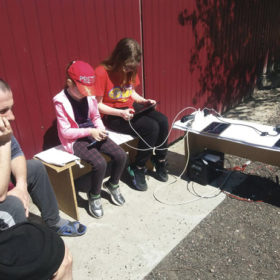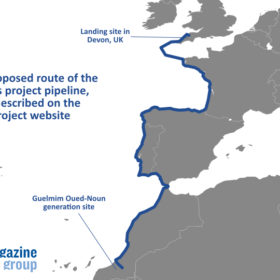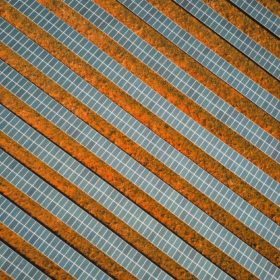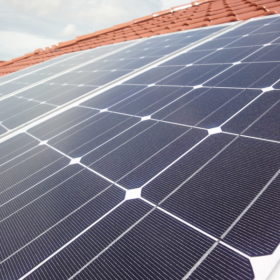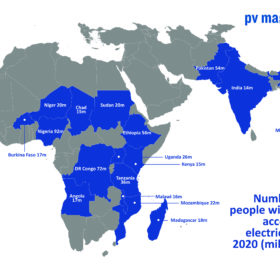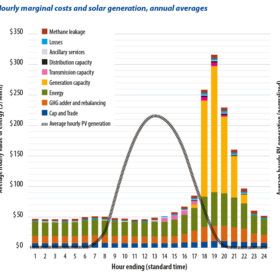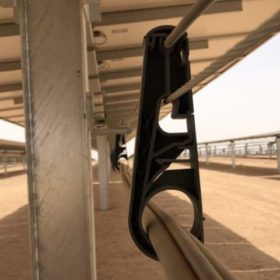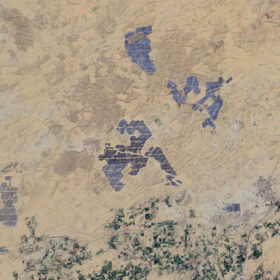European solar manufacturers need state aid exemptions – now
If Europe is to come up with its own Inflation Reduction Act moment, and incentivize a return of EU solar manufacturing leadership, it must lift state-aid related restrictions on the PV manufacturers who have announced a willingness to build 30 GW of production lines.
How low-light solar cells can decarbonize your home
With the latest generation of household devices increasingly connected and internet-of-things (IoT)-enabled, dye-sensitized solar cells can finally realize their latent promise and help reduce the carbon footprint of billions of manufactured goods.
Solar aid in dark times
With Russia intent on destroying Ukraine’s energy infrastructure, a network of NGOs is taking up the challenge to donate small and mobile energy supply solutions. Astrid Schneider, a member of clean energy nonprofit Eurosolar, shared the story of the small solar kits that are making a big difference, in this month’s edition of pv magazine.
Next year will bring micro and mega grids
This year has witnessed upheaval in the global energy system as inflation, geopolitical conflict, and the reality of a changing climate continue to drive the transition to cleaner energy. Next year, these trends are likely to continue and accelerate as renewable energy adoption continues to grow and the inextricable link between energy security and national security is increasingly recognized. Alan Greenshields, of US-based iron-salt flow battery maker ESS Inc, offers four predictions for 2023.
Tracking environmental performance improvements in solar modules
New life-cycle assessment (LCA) data for PV systems confirms that greenhouse gas emissions from 1 kWh of solar electricity are far lower than emissions from fossil-fuel power plants. The difference has been fairly constant since 2018, but has improved substantially since when IEA PVPS started reporting on this measure in 1996.
Solar module prices: A penny saved… is a panel spurned
PV module prices have finally stabilized and a slight downward trend has even started to set in. Whether this will continue depends mainly on how demand shapes up over the next few months. The softening of prices reflects a gradual build-up of inventories which need to be drawn down again this year, if possible – even if it means slashing prices. But for other PV-system components, the situation is quite different, writes Martin Schachinger of solar wholesaler pvXchange.
COP27 failed the most climate-vulnerable
While the climate summit held at Sharm El Sheikh last month prompted pledges of raised funding for solar lanterns and single-panel systems, the money allocated to date is woefully short of what has been estimated would be required to provide universal access to electricity this decade. Drew Corbyn of Netherlands-based global off-grid solar body GOGLA, outlines three urgent courses of action to accelerate access to electricity.
Regulator could prove solar’s NEMesis
The latest attempt by the California Public Utilities Commission – CPUC, the US state’s regulator – to reform net metering rules, seems to again be solely motivated by the desire to kill off rooftop PV, as energy economist Ahmad Faruqui reported in the latest issue of pv magazine.
PV and the cable guide
While solar modules and inverters can greatly influence the output of a planned solar project, it is important not to overlook how to select and design cabling systems for your solar plant – for safety as well as generation considerations. Ye Qilin, a senior system engineer at Huawei’s FusionSolar smart PV and energy storage business, runs us through some dos and don’ts.
Big solar already pulling its weight on emission reduction – especially in Chile
Following a disappointing COP27 climate change summit in November, solar industry veteran Philip Wolfe reviews the contribution utility-scale PV is starting to make to emissions reduction.


